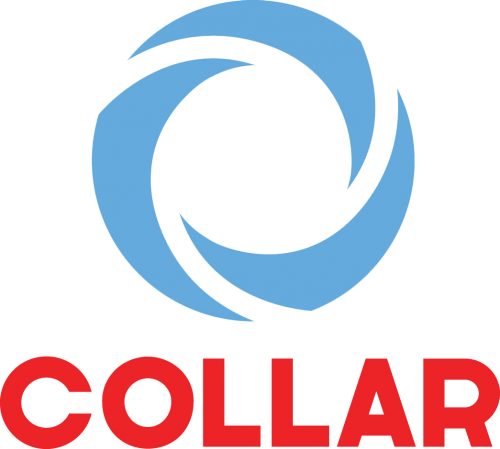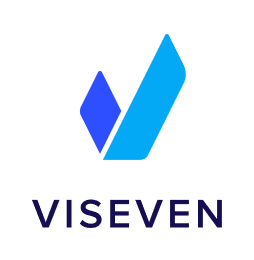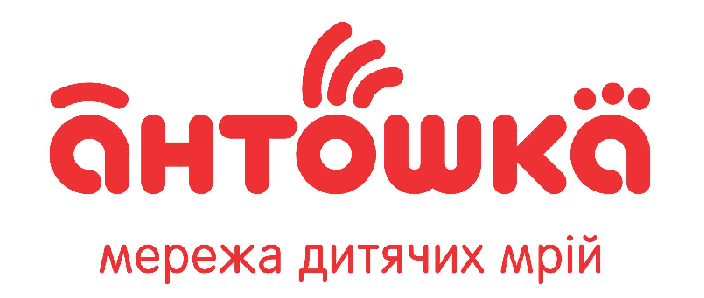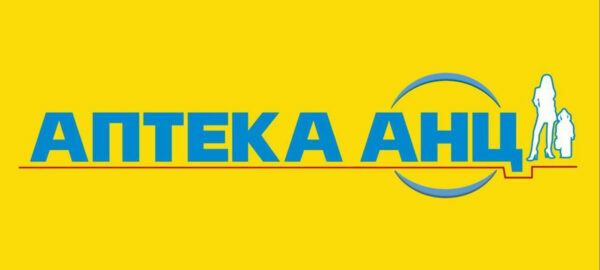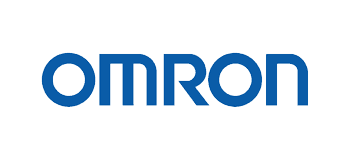
LMS Collaborator 2.50.0 – Setting up the transition between groups of questions in a survey, updated user import process, uploading assessment questionnaires from a CSV file and other updates
Meet the new version – LMS Collaborator v.2.50.0!
1. Updates for surveys
Surveys are one of the fastest ways to get quality feedback. With the help of surveys, employees can anonymously or openly share their opinions and expectations, as well as make suggestions.
LMS Collaborator has a new survey mode – «by group» – that allows you to create multi-level surveys.
How does it work?
You can categorize questions in your survey into groups to structure it logically. You can also set up an automatic transition to a specific group depending on the user’s answer to a single question. Thus, personalize the experience of taking the survey for each employee and get more accurate information relevant to a specific situation or experience.

In addition, you can now add pictures to your surveys and upload various files to open-ended questions: xls, xlsx, zip, rar, 7z, pdf, doc, docx.

You can also send a reminder to those who have not completed the survey. To do so, find the person you want to remind in the survey report and click the envelope icon next to their name. And if you need to send a reminder to multiple users at once, you can use a group action.

2. Improving the user import process
There are several ways to add users to the LMS Collaborator system. One of them is to manually create accounts. However, for companies with a large number of employees, this method can be quite time-consuming and inconvenient. In such cases, you can use automatic user import.
We’ve improved this process by creating a separate page where we’ve grouped the import methods and added step-by-step instructions on how to set up each of them:
- CSV import – loading users from a structured CSV file.
- API integration – synchronization of users via API with other corporate systems.
- Active Directory – import accounts from the company’s Active Directory.
- Azure Active Directory – імпорт облікових записів користувачів з Azure Active Directory.
- HRM import – synchronization of employees from the HR system and the personnel management system.

Using automatic import significantly reduces the time and effort required for the initial setup of the system. It also makes it easier to keep user data up-to-date through regular synchronization.
3. Quizzes – Quickly add questions to a group
LMS Collaborator allows organizing employee testing quickly and effortlessly. It can be a certification, a knowledge quiz, or just a training quiz. In addition, you can create different types of quiz questions: single and multiple choice, ordering, classification, comparison, etc.
To structure your quiz questions, you can divide them into separate groups by topic, module, section, or any other category. This makes it easier to find the questions you need and helps you organize them.
In addition to organization, groups are used to generate a random sample of questions when creating a quiz. Instead of manually selecting the necessary questions, the system automatically selects one question from each group for the user.
Now, if you need to add several questions to a group at the same time, you can quickly do it with a group action:

4. Assessment – Create questionnaires using a CSV file
Personnel assessments help to identify and analyze the qualities and competencies of employees. Usually, the assessment is also carried out to evaluate the level of compliance of the employee with the position held.
In LMS Collaborator, you can use various methods of staff assessment, including 90, 180, 360 degree surveys, as well as organize feedback collection. To do this, you need to create a rating scale and set a group of criteria by which employees will be evaluated. And of course, you need to assign participants by creating evaluation questionnaires.
There are several ways to assign questionnaires in the system: manually, by functional managers, and by organizational structure. To speed up the process of manually creating questionnaires, you can use a CSV file. To do this, you need to create a file with a list of participants’ email addresses and their roles in the evaluation process.

After uploading the list to the system, the questionnaires will be automatically created, and the task with the assessment will be assigned to the necessary users.
5. Role management – Update settings for quiz management
In LMS Collaborator, you can configure a set of rights for each user role to manage different functionality. Combining them allows you to flexibly customize access to the portal’s capabilities, forming functional roles – manager, trainer, administrator, etc.
To provide more flexible access to quizzes, we’ve added a new permission for authors and collaborators – Check answers to open-ended questions for their quizzes.
This permission allows authors and co-authors to check the answers of users to open-ended questions in quizzes they have created.
6. Downloading an Excel report of connections to messengers
LMS Collaborator notifies users of all important events that take place on the portal. In addition to email notifications, reminders can also be sent to employee messengers. To do this, the portal administrator needs to create a bot to which all interested employees can subscribe.
Learn more about the settings:
The administrator can view the list of users who have connected these bots. All the necessary information about them will be collected on separate pages. For convenience, this data can be downloaded in the format of an Excel file:

It allows the administrator to control which users are subscribed to notifications via messengers. And uploading data to Excel provides convenient access and analysis of information about users and their subscriptions to bots.
7. Deleting messages by the administrator in the chat
One of the communication tools on the LMS Collaborator learning portal is an internal chat. Here, employees can exchange personal messages with other colleagues and create separate group chats, for example, by department, topic of discussion, etc.
Administrators can now delete messages from other chat participants. This allows you to control the content of communications, ensure compliance with corporate standards and company policies to avoid potential risks or conflicts.

8. Updating the appearance of the complex quiz answer sheet page
In addition to standard quizzes, LMS Collaborator also allows you to create complex quizzes. They consist of several intermediate quizzes that can cover different topics or training modules.
This comprehensive testing approach helps to determine the overall level of knowledge of employees after completing a long training course or studying several programs or thematic sections.
In the answer sheet, the administrator can view the detailed results of each participant’s complex quiz. To make it easier to analyze this data, we’ve improved the look and feel of the answer sheet page.

Now the administrator has access to all the necessary information in a convenient format, which makes it easier to track the progress of participants in all aspects of complex testing.
9. Competency library – Adding tags for competencies
Competencies are an up-to-date system of knowledge, skills, abilities, values, and personal qualities defined by the company and required for the effective work and development of employees. They play an important role in the company’s HR policies and practices.
In LMS Collaborator, you can maintain a corporate library of competencies, on the basis of which you can create job profiles for employees. To do this, you need to create a list of competencies and add indicators to them that reveal the competency in the form of specific actions and confirm its presence or absence in the employee.
In addition, you can add labels to the competencies – keywords or tags that will help categorize them and make them easier to find.

It greatly simplifies the work with large libraries of competencies, as it allows you to quickly find the necessary competencies, group and filter them.
10. Importing an organizational structure in JSON format
Creating an organizational structure in LMS Collaborator helps to store information about the structure of functional subordination of employees. In addition, the organizational structure solves the following tasks:
- Storing the data of the nesting structure of the organization’s divisions;
- Defining the position of employees in this structure;
- Define the relationship between manager, colleague, and subordinate.
You can manually create an organizational structure in the learning portal or import a ready-made one using a JSON file. This will save time on manually creating a complex hierarchy and provide a convenient way to update the structure as needed.
Read about the previous version of LMS Collaborator 2.49.0 here


